STUDENTS PROJECTS
PROJECTS 2011
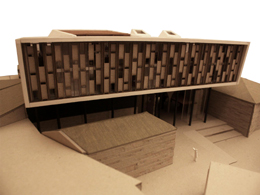
05 February, 2012
Cyprus Library within the walled city of Nicosia
Library as an event within the city.
Students: Thrasivoulos Karagiannis
Supervisors: Kwstas Moraitis
Consultant: Kwstas Karadimas
National Technical University of Athens
Date: 25/11/2011
Brief description
The student renegotiates the meaning and purpose of the library of today and tomorrow, and the nature of its existence in the modern urban landscape. Through its transformation, the library can change the modern urban landscape, preserve and enhance the memory of a historic site, while at the same time evolves the way we perceive, receive, and create knowledge.
Summary
Dionysus street, a deserted street in the heart of, until recently neglected, historic city of Nicosia, next to the
Cease-fire line is the area of conflict between different uses of land that claim the area and the corresponding passage in the old Venetian walls. Commercial and administrative uses are forcing out the Muslim population from around while the areas in the rest of the walled city and their respective gates have already been allocated between the Church, housing and trade.
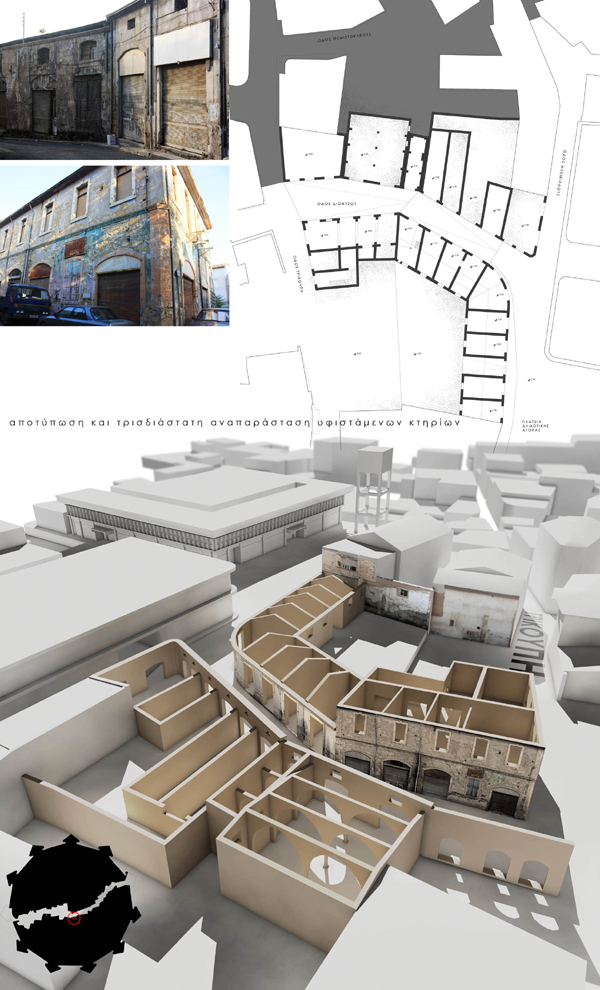
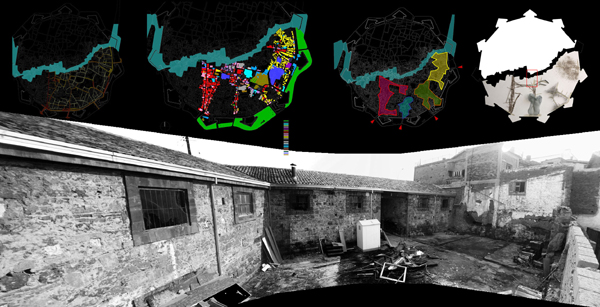
As part of the thesis, the student architect takes his own position in this battle trying to influence the outcome, interfering with its own proposal. A proposal that aims to introduce the sparks for the return of the cultural element in the old city to the point of affecting the way that the rest of the uses are developed and condensed around it. Through a new Cyprus Library - not unknown as a presence in the old city, but completely neglected and scattered in small buildings within the walls.
The library itself, trying to rediscover its role in a (digital) world of oversupply of information, moves from an introvert book-centric nature to an extrovert anthropocentric. Relying on its existence as a physical entity in space, it provides an environment in which man can exist. Not only as a recipient of information but as a carrier. The library is a pole that attracts humans to acquire knowledge through interaction and dialogue. Knowledge, not only in the form of information that is transmitted verbally, but in the form of conclusions reached through dialogue. So the modern library triggers the creation of new knowledge and even more so greater appetite for new knowledge.
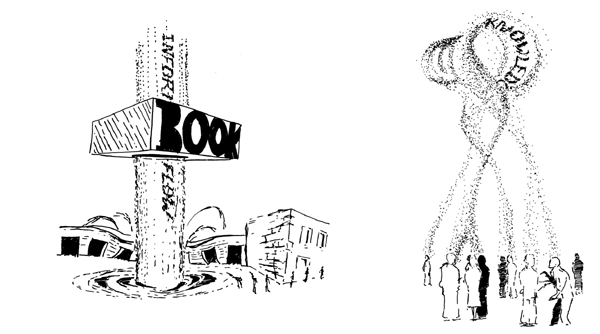
The city is an active part of the library and vice versa. The old buildings at street level take all functions having to do with human interaction. Lecture hall, a cafeteria with reading space, bookstore, a Square of real time events and activities at the same time when wireless networks of the library enable one to connect to it, as one is within the scope of the library, and browse through its digital material. The passer-by that strolls through the city, finds himself at the heart of the operation of the library, in its active center, without having to make the choice to enter the building. The spaces appear during the movement of the pedestrian through the city, while a game with the concept of boundaries unfolds slowly, allowing one to literally move in and out of the street level spaces of the library. The library is now part of the experience of walking through the old city.
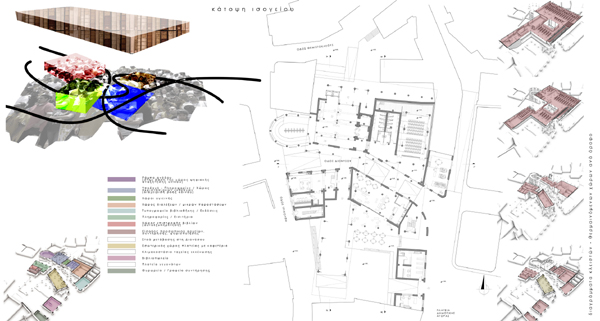
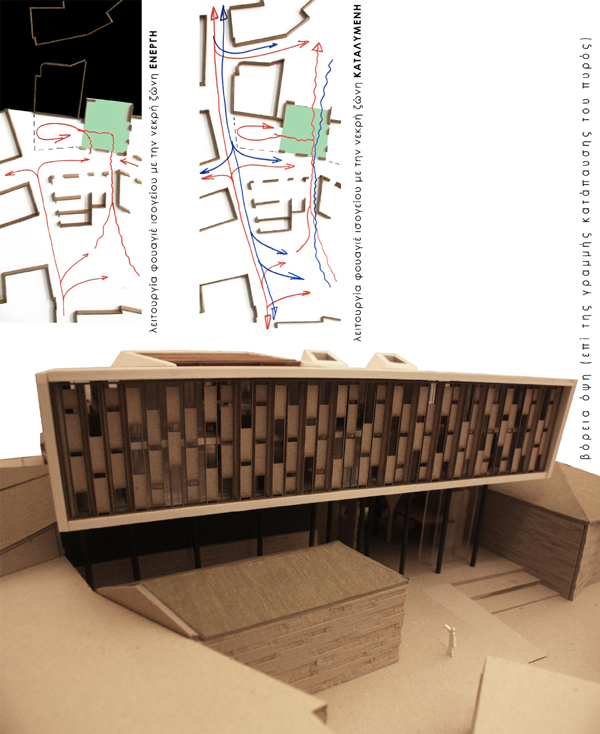
The building, which hovers over the area, is what we would recognize as the "book-case" in which one can go, if curiosity or thirst for more knowledge pushes him there, via a ramp. The building itself designates its scope below while marking the presence of the Cyprus Library, the main keeper of the intellectual work and heritage of the island, in the city. Although the building itself is a landmark -and should be recognized as such-, it does not land as a foreign body over Nicosia (as it seems to do when observed from above), but is born from the experience of movement and the very nature of the city. The volume of the library retreats from the edge of the street, so that the passer-by is unable to spot it from afar -only when standing almost underneath it can he see it-, thus he does not feel suffocated and crushed by its size. On the contrary, during a walk one sees only the facades of old buildings, part of the story and the familiar scale of the walled city of Nicosia.
Over Dionysus Street a patio is opened, allowing visual contact between the street and the inside of the Library, noting that the road is an active part of the building and serving as an invitation to the interior.
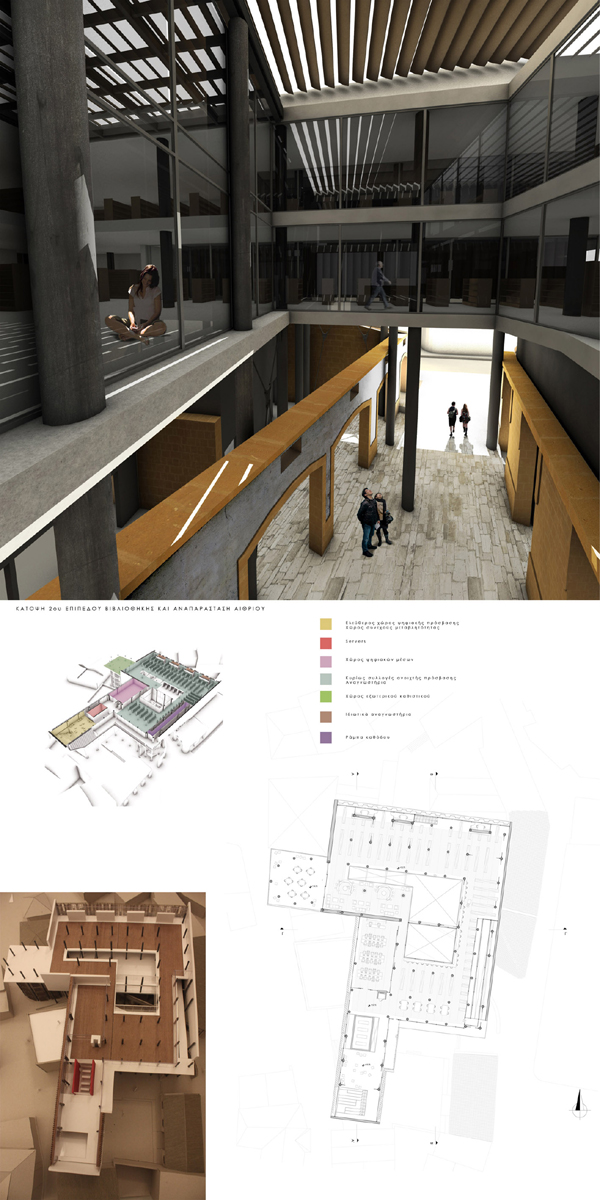

The structure, with the extensive use of dark blinds on its facades, operates on 2 levels. While offering a skin that allows maximum view of the city and sun protection to the users inside the building, for the pedestrians at street level looking from below appears as a dark surface behind the old light-colour limestone buildings, highlighting them in a manner similar to "negative painting" in art.
Moreover, the area described as "Free digital access space and area of continuous variation", is lifted to reveal underneath it the Square, the center of activity of the library within the city.
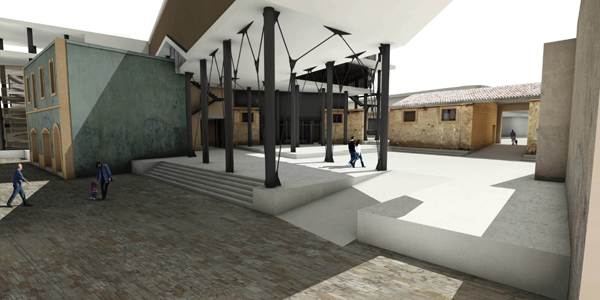
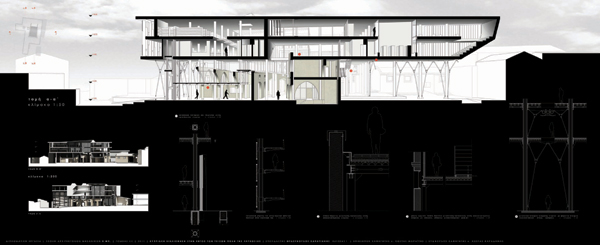
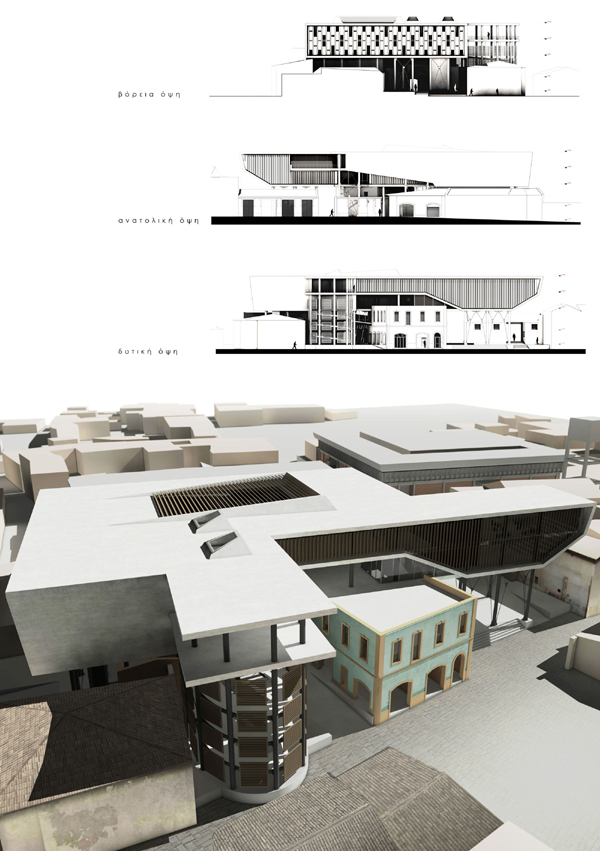
Related articles:
- Five metal cubes ( 30 August, 2010 )
- New building for the Main Library, Aristotle University of Thessaloniki ( 20 April, 2010 )
- Hockessin Public Library ( 01 November, 2010 )
- New National Library of Athens ( 07 March, 2012 )
- Cassia Coop Training Centre ( 07 November, 2012 )
- Digital Information Center. Reading hall in Athens ( 11 March, 2013 )
- Mediatheque ( 27 March, 2013 )
- Public Library at Kalamaria ( 04 April, 2015 )
- The Pinch ( 03 , 2019 )
- The Liyuan Library ( 02 April, 2015 )










